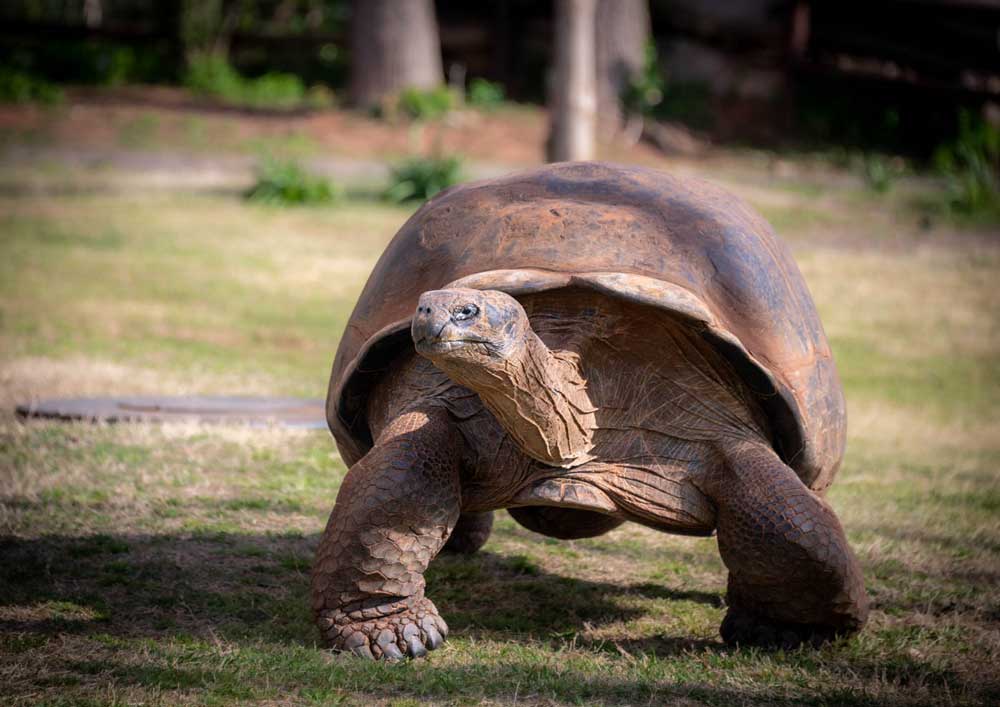The zoo is the only Association of Zoos and Aquariums (AZA) accredited zoo in the Untied States to successfully breed this species of giant tottoise.
The Oklahoma City Zoo and Botanical Garden has hatched five Volcán Alcedo giant tortoises (Chelonoidis vandenburghi). The tortoises are one of 11 species of Galapagos tortoise. This species is endemic to Isabela island within the Alcedo Volcano area in the central part of the island. Isabela is the largest of island in the Galapagos Island chain.
“We have five hatchlings that have moved out of the incubator,” said OKC Zoo’s Senior Herpetology Caretaker, Katie Porth. “There are eleven extant species of Galápagos tortoises. We’re the only AZA-accredited zoo in the U.S. with a breeding group of Volcán Alcedo giant tortoises.”
The zoo is the only Association of Zoos and Aquariums (AZA) accredited zoo in the Untied States to successfully breed this species of giant tottoise. There are currently four adults at the zoo, one if which is an 80 year old male named Max.
Finding The Fernandina Giant Tortoise
“Welcoming these hatchlings is monumental considering Max, 80, is a “late bloomer,” Porth said in a press release. “Max showed interest in the girls but didn’t really know what he was doing,” she said. “We were getting perfectly good unfertilized eggs from the girls every year, but we weren’t getting any fertilized ones.”
Max was trained by the staff at the zoo to aim better to ensure fertilization and the training by Porth and the staff paid off with the four hatchlings. In addition, the tortoise’s substrate was changed to help the female to lay and then cover her eggs. Staff at the zoo retrieved the freshly buried eggs and moved them to an incubator. It took from four to eight months for the tortoises to hatch.
They will live in the new habitat in the zoo’s Herpetarium as they grow. Guests will be able to observe them as they grow.



